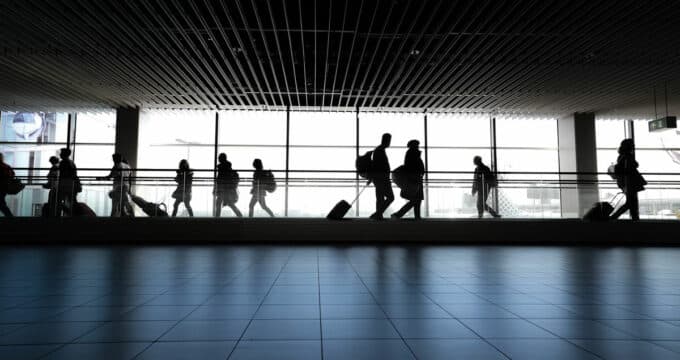What will the new Australian government mean for the higher education sector?
“International education is at a crucial turning point in Australia, and governments have two choices. They can persist with a fragmented, unhurried approach to managing global shifts in international education and watch as students vote with their feet by choosing to study elsewhere. Or governments can take strong, decisive, action to restore our status as a destination of choice for international students.” - Phil Honeywood, Executive Director of the International Education Association of Australia (IEAA). In the run-up to the recent national election in Australia, the two main political parties each released policy statements in support of the country’s international education sector. Now, with a new government having been elected to power this past weekend, international education stakeholders in the country are waiting anxiously to see what it will mean in terms of policy and other industry supports going forward.
Australia on the edge
Education is still the largest services export in Australia (contributing AUS $15 billion a year to the economy and employing more than 100,000 Australians), yet peak educational bodies remain concerned about government’s failure to effectively coordinate relevant policy and to improve Australia’s competitiveness relative to other leading international education destinations such as the US, the UK, and Canada. Following the 2011 Knight Review, in early 2012 the Australian government implemented streamlined visa processing (SVP) for the university sector, and despite making repeated commitments to extend it to selected private colleges, high schools and TAFEs (Technical and Further Education colleges), non-university providers are still waiting to be included in SVP. The past few years have been trying for the country, with the higher education sector rebounding slightly but vocational and language sectors experiencing declining enrolments. No one knows as yet what the new government – which will be formed by Tony Abbott’s centre-right Liberal-National Coalition party – means for international education, but one might assume some level of worry given that a main plank in the Coalition platform was its stated intention of “stopping the boats” (i.e., of asylum seekers coming to the country). The Guardian goes so far as to say that Abbott “succeeded by exploiting fear about migrants.” International students of course are not migrants but there has been some sense that in Australia, they are sometimes treated as such. Certainly, Prime Minister Abbott’s government comes to power at a point where key groups within Australia’s higher education landscape – e.g., universities, the English-language sector, the VET (vocational training) sector – have been treated very differently by government in the past year. In particular, non-university sectors have often been excluded from progressive visa reforms that would enable international students to study more easily in the country. And, as ICEF Monitor recently reported, despite some (mostly university-sector-oriented) government uptake on the popular 2011 Knight Review, 2012 marked the third consecutive year of falling revenues from international students, with the VET sector suffering the most. It won’t help that a recent HSBC survey concluded that Australia is the most expensive study abroad destination of 13 studied – more expensive than the US or the UK. Last month, Australia’s peak educational bodies – including ACPET (Australian Council for Private Education and Training), COPHE (Council of Private Education), English Australia, Independent Schools Council of Australia, International Education Association of Australia, and TAFE Directors – released an urgent statement aimed at all political parties to “get behind measures to restore global competitiveness and innovation in Australia’s international education sector.”
Mr Honeywood puts it bluntly, "It therefore beggars belief that we lack a strong government champion or the focused support afforded to other important industries like manufacturing, mining and tourism."
Government issues more Working Holiday Visas in 2012/13, but is the good news over?
On a related, brighter note, the government has just released data that shows a one-third increase in the number of overseas applicants granted working holiday visas since 2008/09: a record of 249,231 visas were issued for backpackers in 2012/13. Working Holiday visa holders can work for up to six months with each employer and register for up to four months of study or training; they can then apply for another Working Holiday visa term of 12 months if they have been engaged in at least three months of seasonal work in certain regions of Australia. While this is an encouraging statistic, Backpacker Trade News reports that more analysis of the data reveals that “the vast majority of those … visas were granted before January 2013 – the same time application fees rose from AUS $280 to AUS $365.” While this raises the question as to whether those strong working holiday visa numbers will now be blunted by higher application fees, the website further notes that there’s been another fee added to the application process so that the Working Holiday visa now costs AUS $420 – nearly twice what it cost in 2011 and much more than what the equivalent visa costs in New Zealand (around AUS $150).














